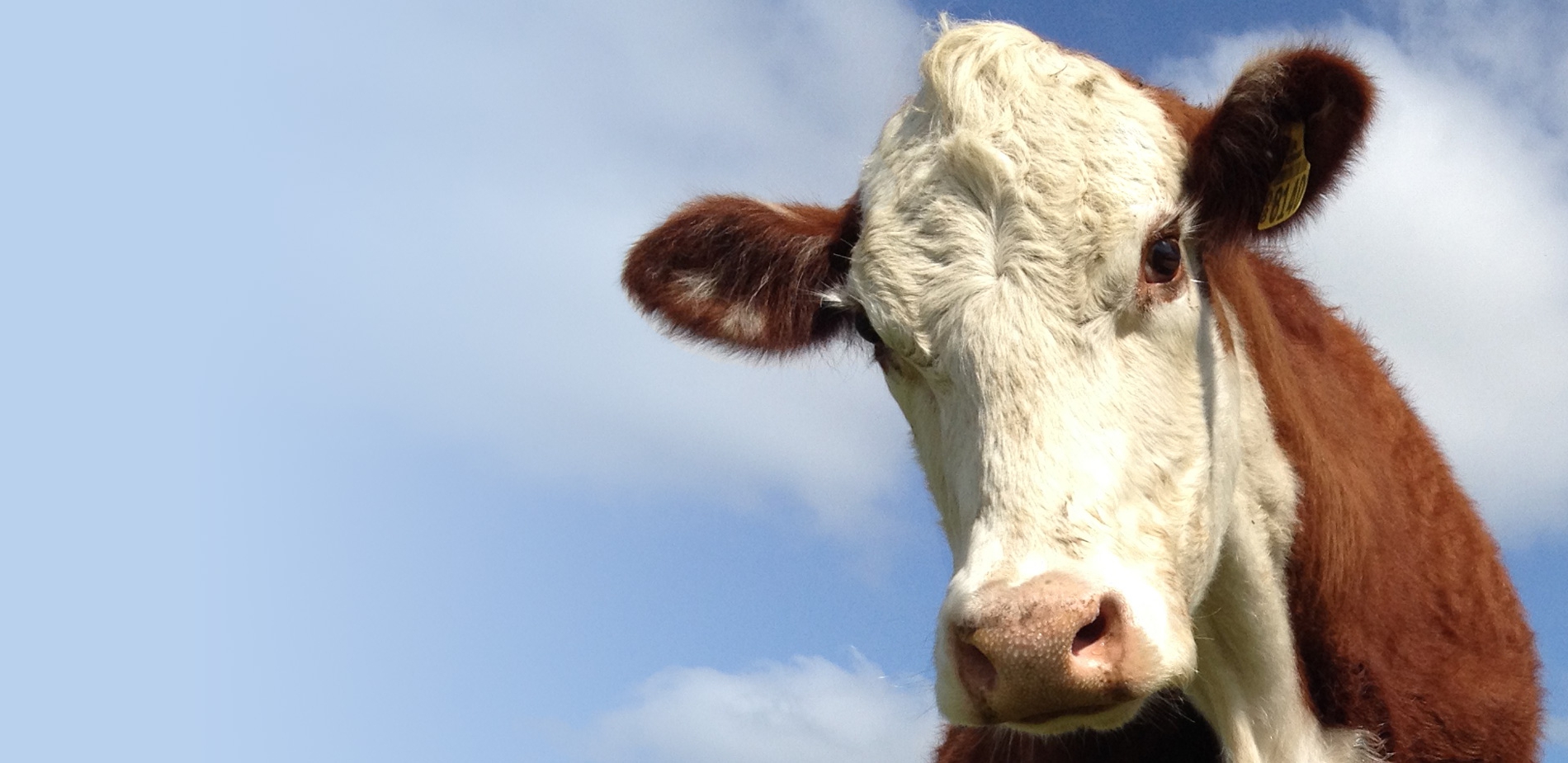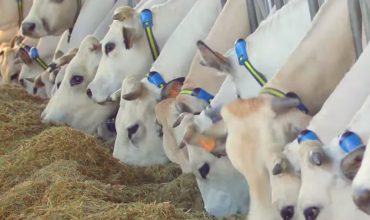Bovine Viral Diarrhea Virus (BVDV or, simply, BVD) is a highly contagious pathogen associated with gastrointestinal, respiratory, and reproductive diseases in cattle worldwide. It is one of the most significant infectious diseases in terms of animal health and economic impact in the cattle and dairy industry. For this reason, BVDV control and eradication policies should be an integral part of any cattle management program.
How is BVDV transmitted?
There are two types of BVDV infection. Animals can contract the virus and become acutely or Transiently Infected (TI) for a variable period of time before becoming immune to the disease. Before they develop immunity, they can transmit the disease to other animals through bodily fluids. In cases where a dam is infected during the first 120 days of gestation, the BVDV can cross the placenta, but the antibodies cannot. This means that the dam becomes immune to the virus, but the fetus does not and as a result, it may be resorbed, aborted, stillborn, or born Persistently Infected (PI) with the virus. PI calves sometimes have stunted growth and rough coats or may develop fatal mucosal disease at a later stage. In either case, for the most part they appear completely normal; and this makes them difficult to identify without diagnostic testing.
Over the course of their lifetime, PI animals shed large amounts of the virus via their bodily secretions. So, while PIs might account for just one or two out of every 100 animals in a herd, they are the most significant source of BVDV infection to other cattle. Any contact with them will lead to the infection of other animals. And, if they infect pregnant dams, more PI animals may be born into the herd. In addition, if one of them is sold, then another herd will become infected. And, if a neighboring farm has a PI animal, then the disease can be transmitted over the fences and through shared equipment.
What are the economic implications of BVDV infection?
BVDV can have serious economic implications both at the microeconomic (farm) level and at the macroeconomic (region or country) level.
Microeconomic effects of BVDV infection
While animals persistently infected with BVDV do not always show obvious clinical signs, the virus can lead to other problems on the farm:
- Reproduction – BVDV affects the fertility of both males and females and can lead to lower conception rates. If contracted by a dam during early pregnancy, it can also lead to slow fetal growth, embryonic resorption, abortion, stillbirth, congenital defects in the calf, and the birth of a PI calf.
- Immunosuppression – BVDV causes immunosuppression, which results in animals being more susceptible to other secondary diseases such as respiratory diseases and enteric scours in calves, and lameness, mastitis, and SCC in adults.
- Lower production – In some cases, BVDV infection can also lead to impaired herd performance, such as lower milk yields and growth rates in a herd.
BVDV is of major economic importance globally, and as the costs of the disease are increasingly recognized, countries are focusing on the cost-benefits of implementing BVDV control policies. Countries where strict BVDV eradication programs have been implemented, such as some Scandinavian countries, Austria, Belgium, Germany and Switzerland, are now either completely or almost BVDV-free. With that they have implemented strict limitations on the movement of cattle across their borders to prevent BVDV reinfection. This has a direct impact on trade, making it economically beneficial to implement BVDV control measures at a regional and national level.
How can BVDV be controlled and eventually eradicated?
A multipronged and methodical approach is required to successfully eradicate BVDV as part of cattle management programs. This involves the following stages:
Stage 1: Investigate
Establish your herd’s BVDV status by identifying all PI animals in your herd. The detection of PI animals at an early stage, particularly soon after birth, is essential to controlling and eradicating BVDV in a herd. This can be done by testing the calf’s blood for BVDV antibodies. However, at this early stage, antibodies transferred from the dam’s colostrum to the calf may lead to false-negatives. For this reason, a Tissue Sampling Tag (TST) method is recommended as it is more accurate. This is done easily during the application of the ear tag to the calf after birth. It takes a few seconds and causes minimum distress to the animal, and is then sent to the lab for analysis to identify BVDV-infected animals.
Allflex offers a quick, easy, and reliable TST solution for the fast and efficient diagnosis of BVDV in cattle. This enables you to quickly and effectively identify PI animals and minimize the potential damage caused by exposing other animals in your herd to the virus. Read more about the Allflex solution.
Stage 2: Control
Any animal identified as PI should be culled immediately. In addition, you should control the movement of your cattle and make sure to only buy in BVD-free animals. This can also be supplemented with BVDV vaccinations to prevent new infections, reduce viral shedding, and increase the overall immunity of your herd.
Stage 3: Monitor
Check your herd’s BVDV status regularly with random blood samples, bulk milk samples, and tissue sampling of new calves. In addition, a strict biosecurity program should be an integral part of any BVDV control program to prevent the reinfection of your herds from external factors.
The need for systematic BVDV control
BVDV has serious financial implications for cattle and dairy farmers, as well as for regional and nationwide animal health and economies. For this reason, high priority should be given to implementing systematic policies for controlling and eradicating the disease. As discussed, the main focus of these efforts needs to be on preventing the production and circulation of PI animals, monitoring herds to enable early detection of reinfection, and implementing biosecurity policies to prevent the introduction of infection into BVD-free herds.
Contact us for more information
"*" indicates required fields



